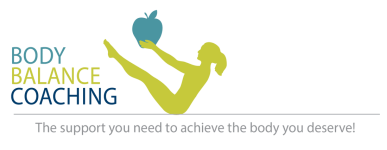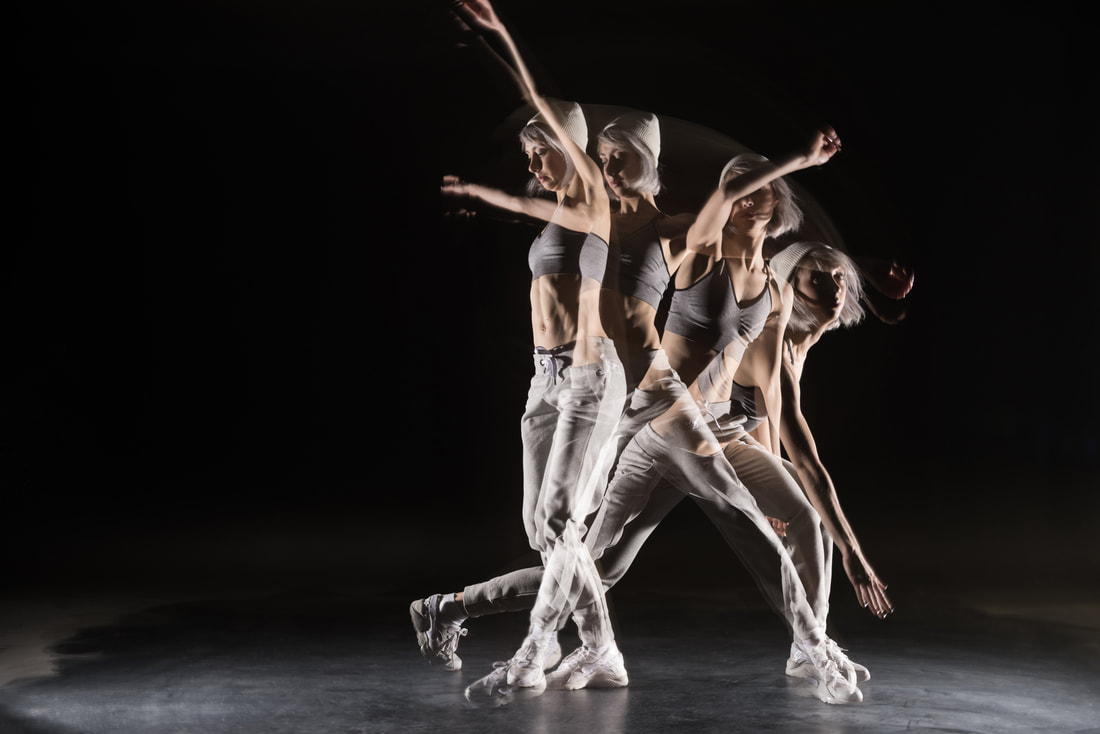The lifestyles of many hard working Americans tends to be to sit for many hours of the day working and then actively exercise for a relativelyshort period of time. Other cultures have diverse abundant movements throughout the day, not just bursts for extended periods of time.
According to Katy Bowman, an internationally recognized biomechanist, there are 3 categories of activities people fall into:
- Sedentary people– who are inactive, don't partake in much movement, or sit for long periods
- Active-Sedentary people – who exercise weekly but sit for long periods of time (drive to work, sit at work, sit at home, sit to relax or sit while using electronics)
- Active people - who are very active in moving their bodyto accomplish daily needs (hunters, gatherers, walking 3-5 miles throughout the day, hauling the weight of items they need in a day)
We want to get more nutrients in our movement by varying the shape of our muscles. This doesn’t mean body building to develop larger muscle size. We need to exercise every side of our muscle such as bicep and tricep. We need to stretch and activate both the big muscles such as the hamstrings and quadriceps, as well as the smaller muscles along the bones. It also means building the mind-muscle memory that comes along with experiencing new movement. For instance, there is a difference between walking on a treadmill versus walking on an uneven dirt road. There is a difference between walking through sand barefoot versus walking along a flat paved sidewalk in shoes; We need different muscles for each.
To provide our muscles “nutrients” which enhance our body’s strength and build the memory or our muscles to prepare for what I call “preparing for the unexpected” is varying your movement throughout the day. Exercising in such ways as yoga, Pilates, running, and high intensity interval training (HIIT) is great, but you don’t need a membership to develop diverse muscles. Think of kids...they climb fences, find rocks to balance on or jump to their next step. They are filling their mind-muscle memory bank to help them prepare for future tasks and reactions.
I encourage you to develop new muscles by creating safe but diverse movements with more frequency throughout the day. Try varying the movements you already do such as:
- Challenging your balance by doing movements or daily activities on your toes
- Take walks on unpaved trails Walk barefoot on the beach or through the grass
- Pick up things on the floor with your toes
- Watch TV in a different position such as on a big ball or on the floor
- Roll your feet on a tennis ball at your desk
- Plan a vacation that includes movements you don't normally do
Be creative. This can lead to less inflammation, better muscle-memory and better development of many muscles, not just the ones we use to sit, stand and walk. This can build the muscles that don’t get used and can reduce injury from an unexpected fall or mishap. Be safe, have fun and create diversity. Make it a lifestyle not a routine.


 RSS Feed
RSS Feed
